MET230L: Hydraulic and Pneumatic Systems - Unit 4 Project Modification
VerifiedAdded on 2022/08/27
|8
|330
|27
Practical Assignment
AI Summary
This assignment presents the solution to a mechanical engineering lab project (MET230L) focused on hydraulic and pneumatic systems. The project requires modifying a given pneumatic circuit. The initial circuit, which controls the extension and retraction of two cylinders, is modified by replacing a single-acting cylinder with a double-acting cylinder and adding quick exhaust valves to each cylinder. Flow control valves are strategically positioned to regulate the forward strokes of the cylinders. The student then simulates the modified circuit, adjusting flow control valve openings to achieve faster return strokes. The solution includes screenshots of each state change in the circuit, illustrating the sequence of operations when a push button is depressed, causing the cylinders to extend and retract. The assignment demonstrates practical application of pneumatic components and circuit design principles.
1 out of 8
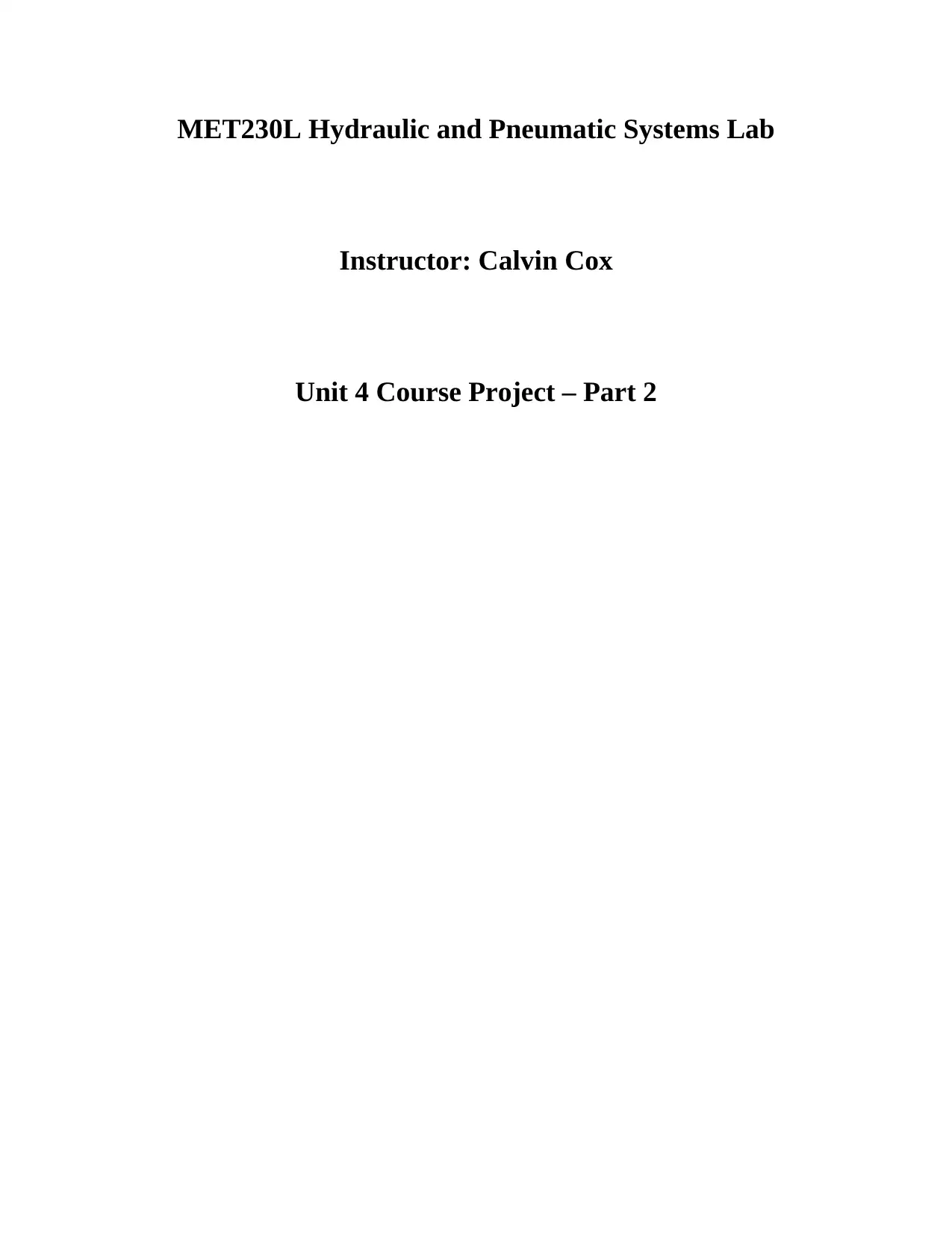
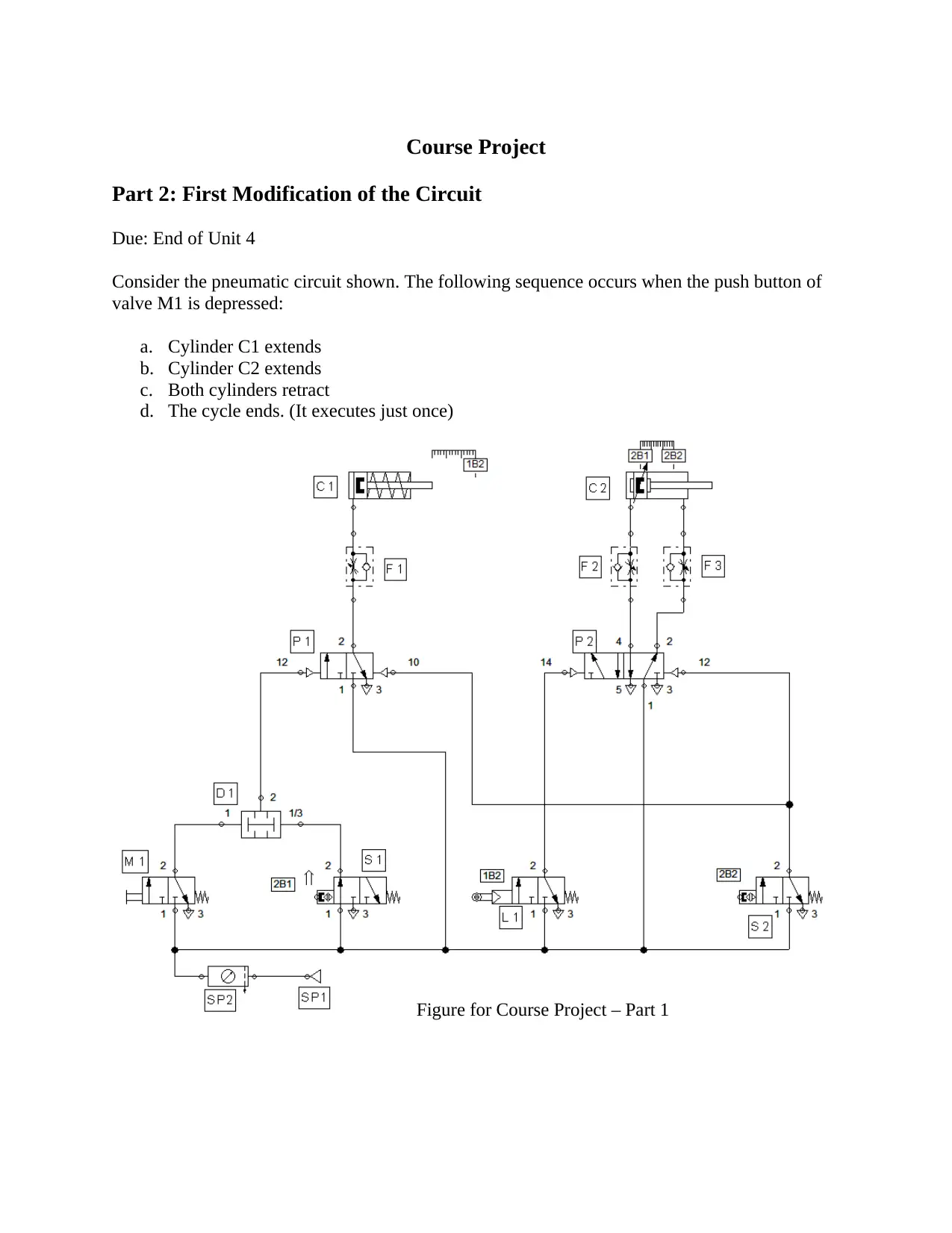
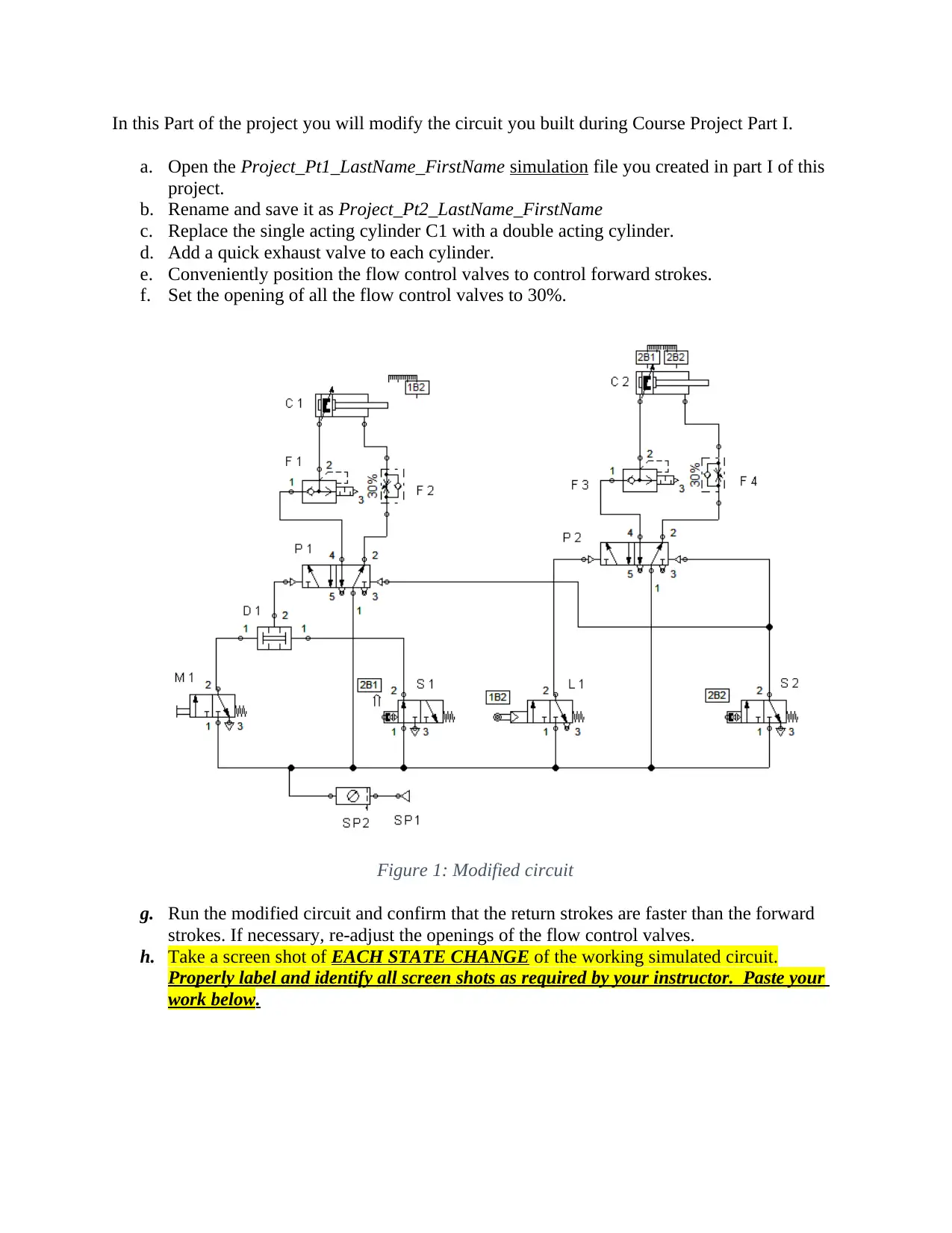
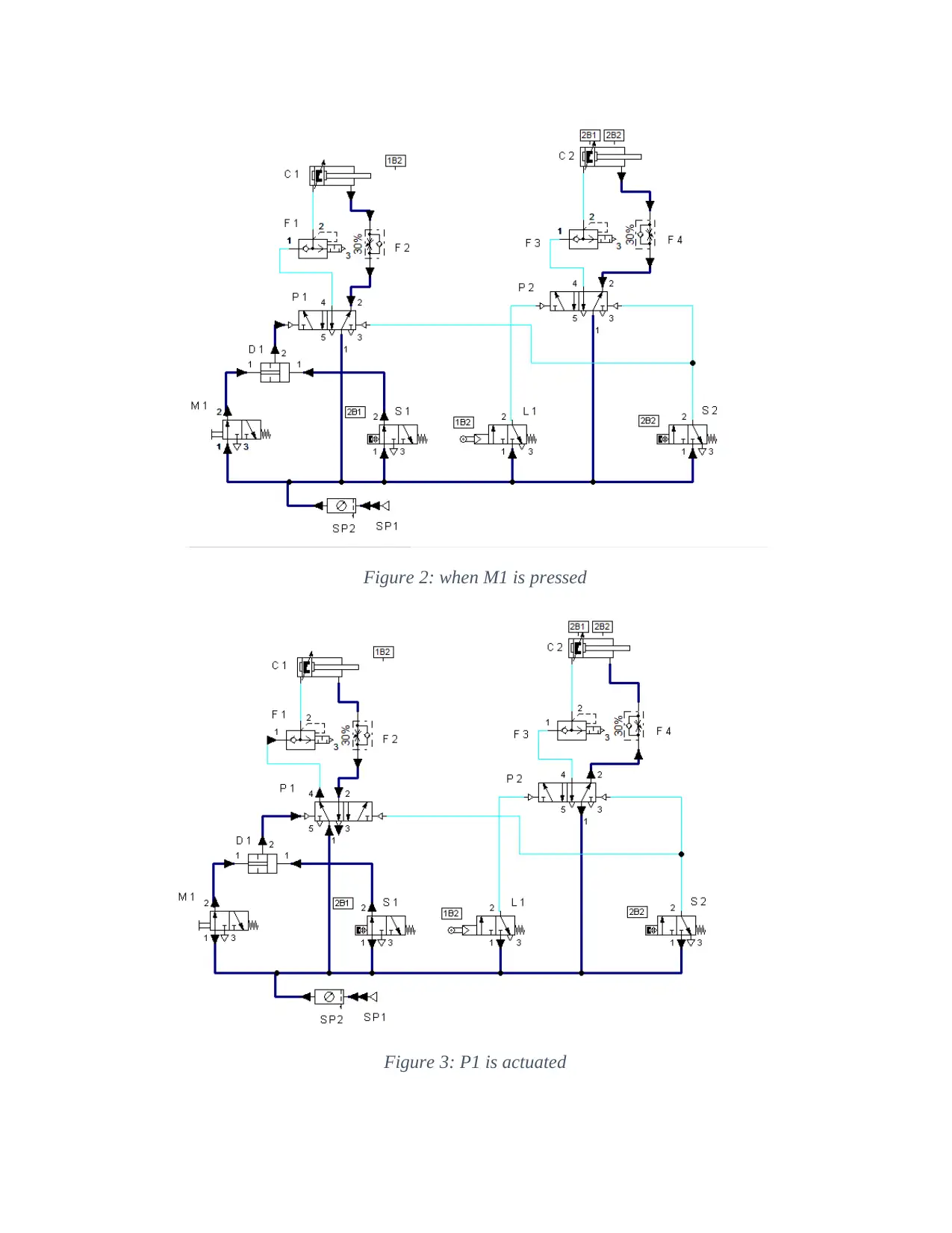
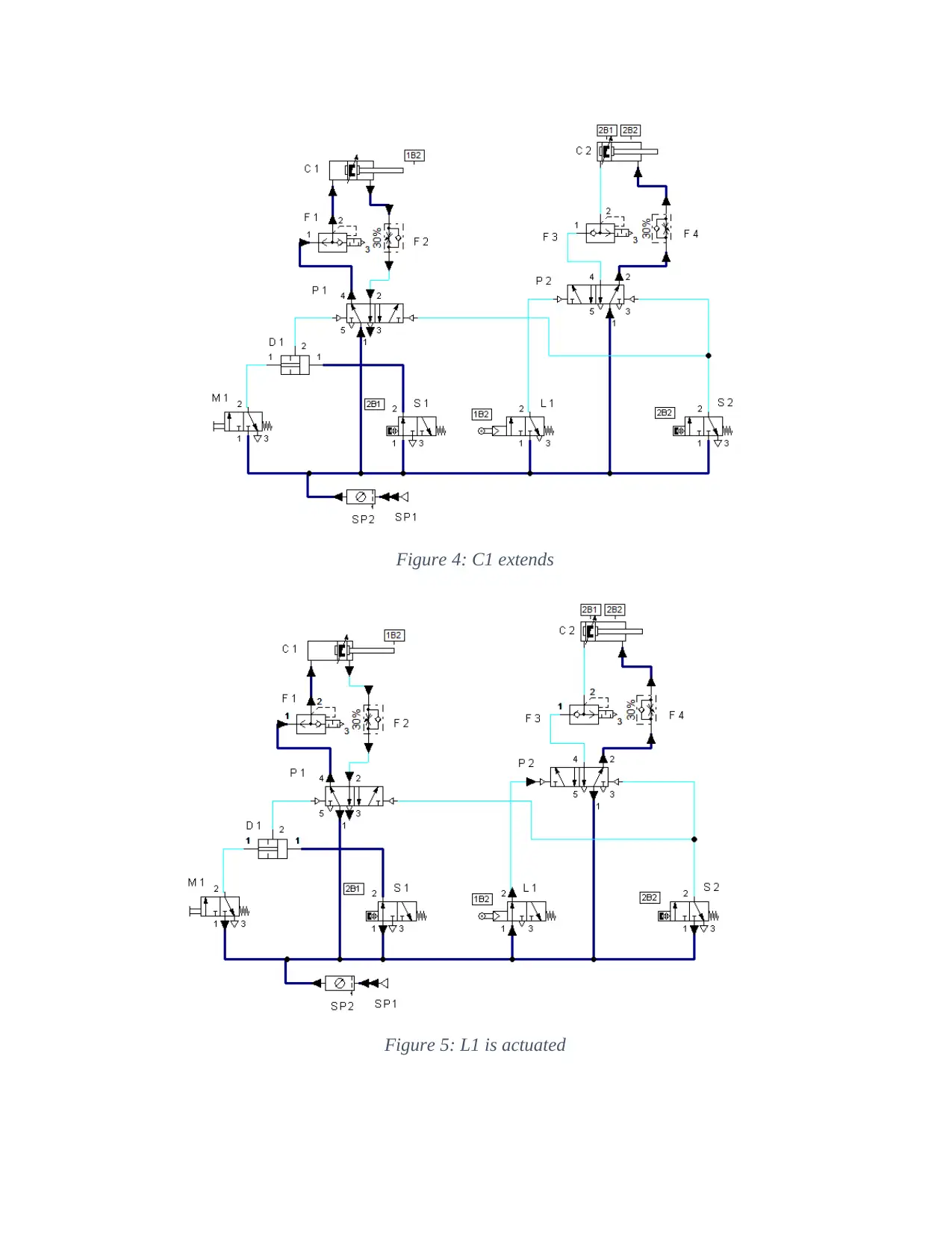
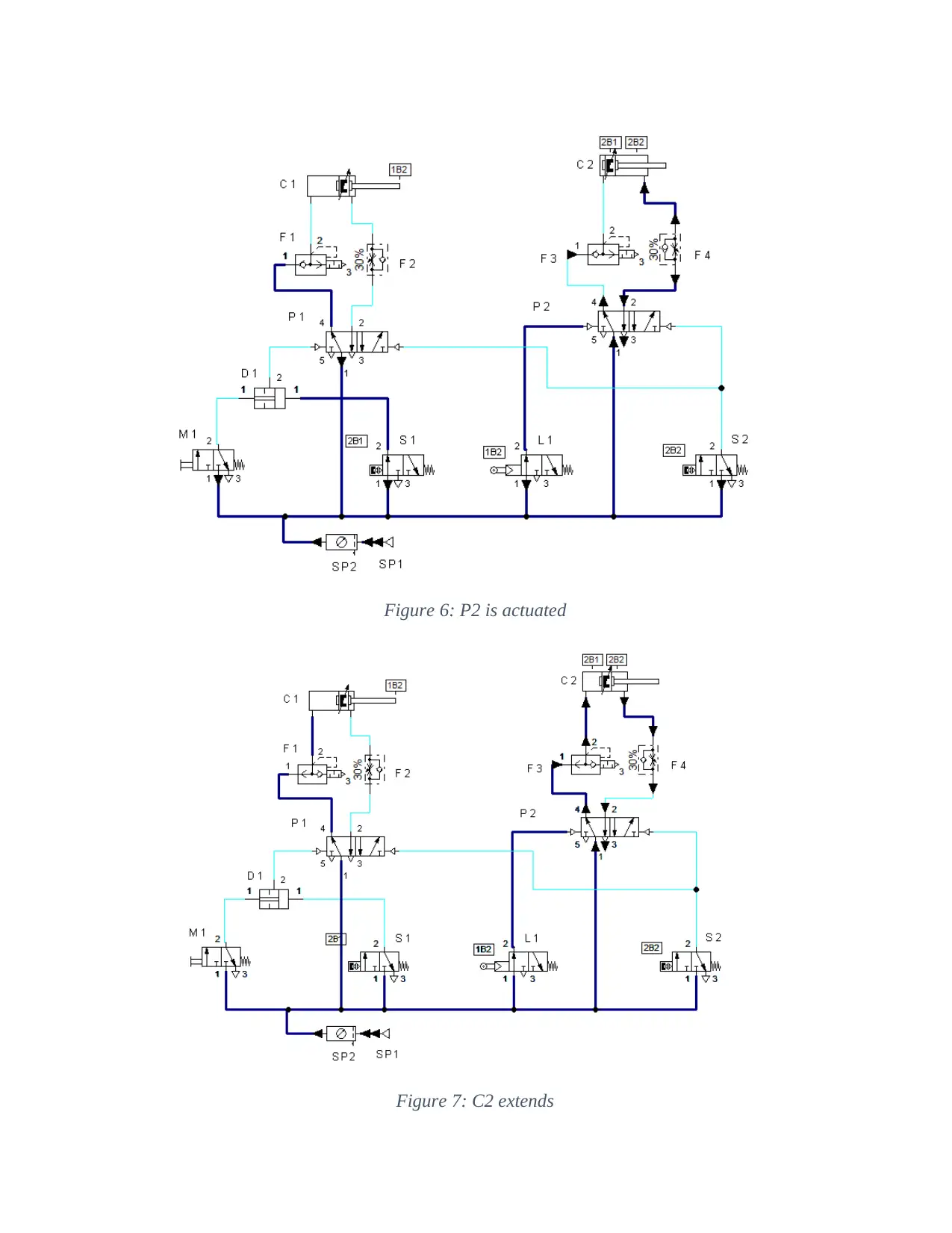
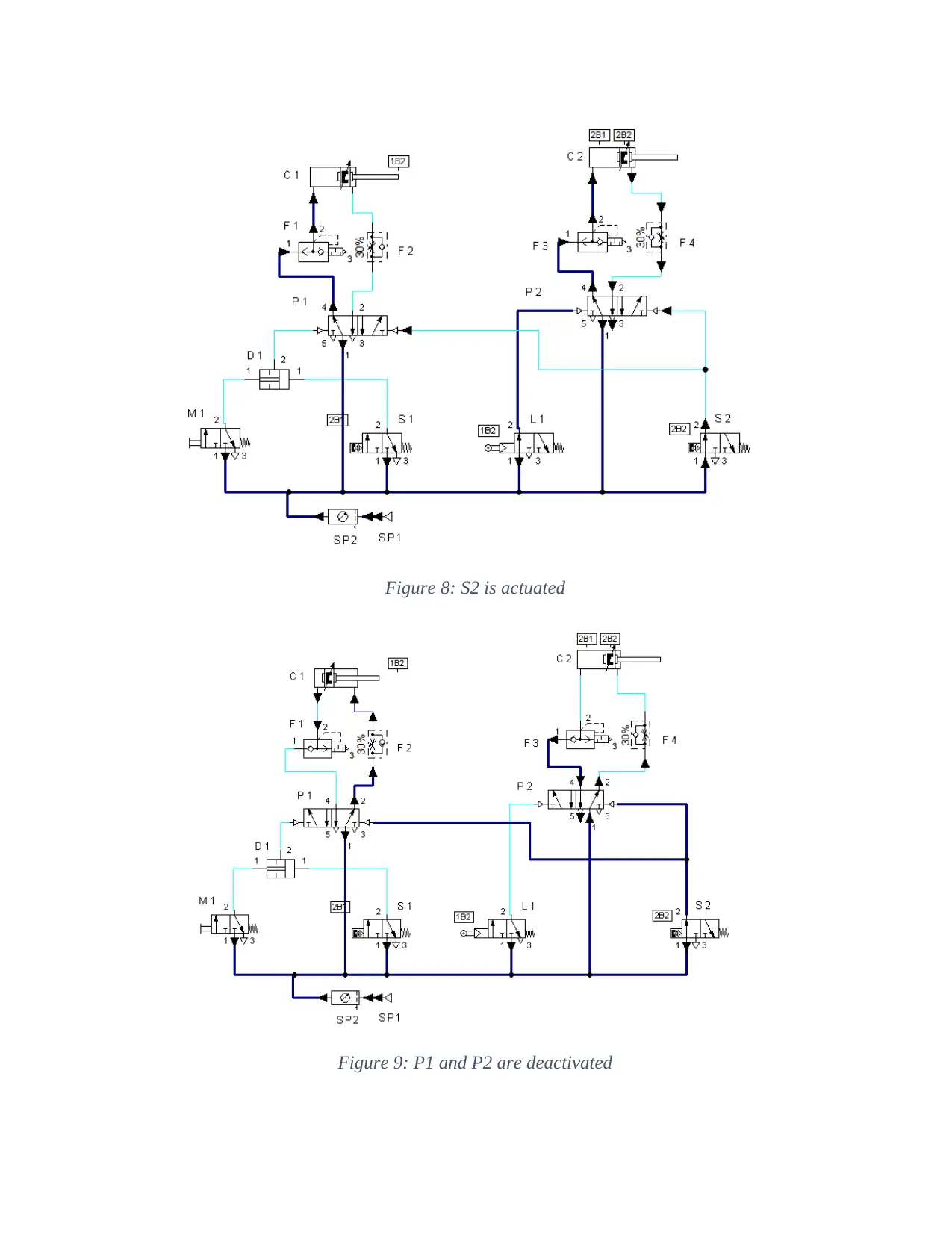
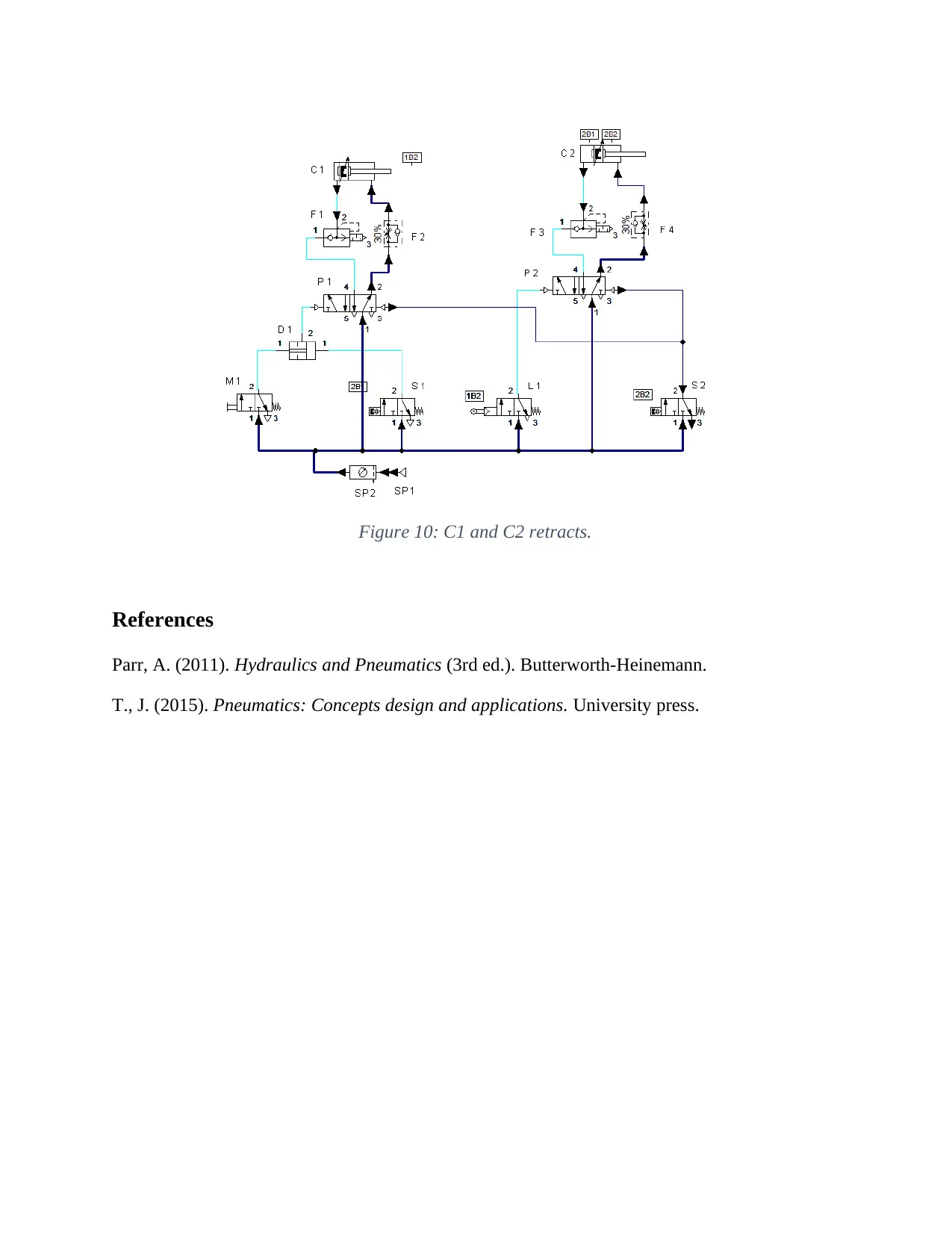






![[object Object]](/_next/static/media/star-bottom.7253800d.svg)